Secrets of Stonehenge revealed in All About History 119
Inside All About History 119: Learn how and why this incredible ancient monument was built in Britain.

In All About History issue 119, on sale now, you can discover the secrets of Stonehenge, such as how and why it was built, what life was like for those who lived around it and how it has survived the centuries since.
With all the latest research data and historical accounts, All About History breaks down everything you could want to know about the famous ancient monument, including dispelling a few common misconceptions.
Live Science regular contributor Owen Jarus is you guide to the world of Stonehenge in his must-read examination of one of the world's greatest landmarks.
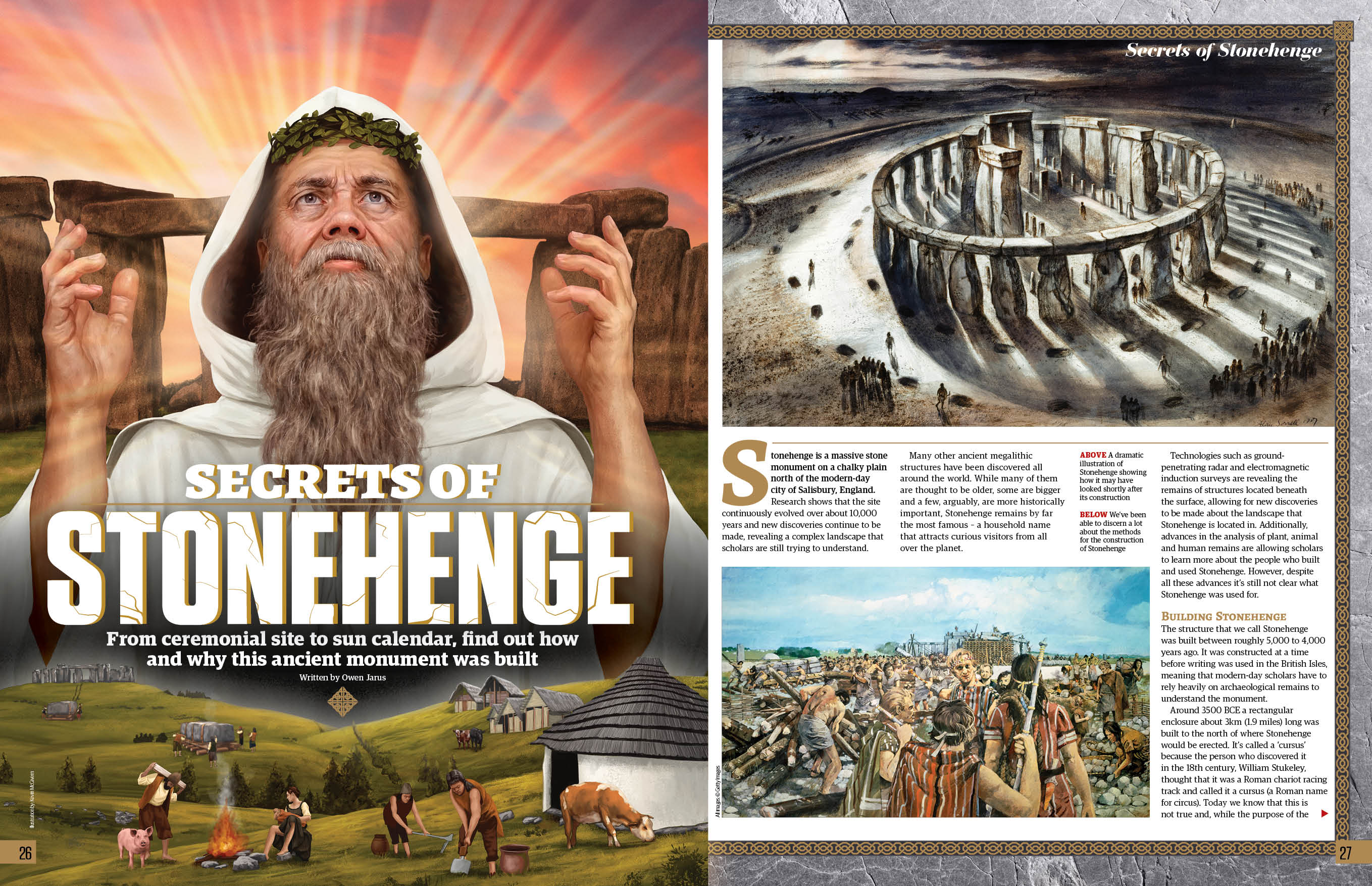
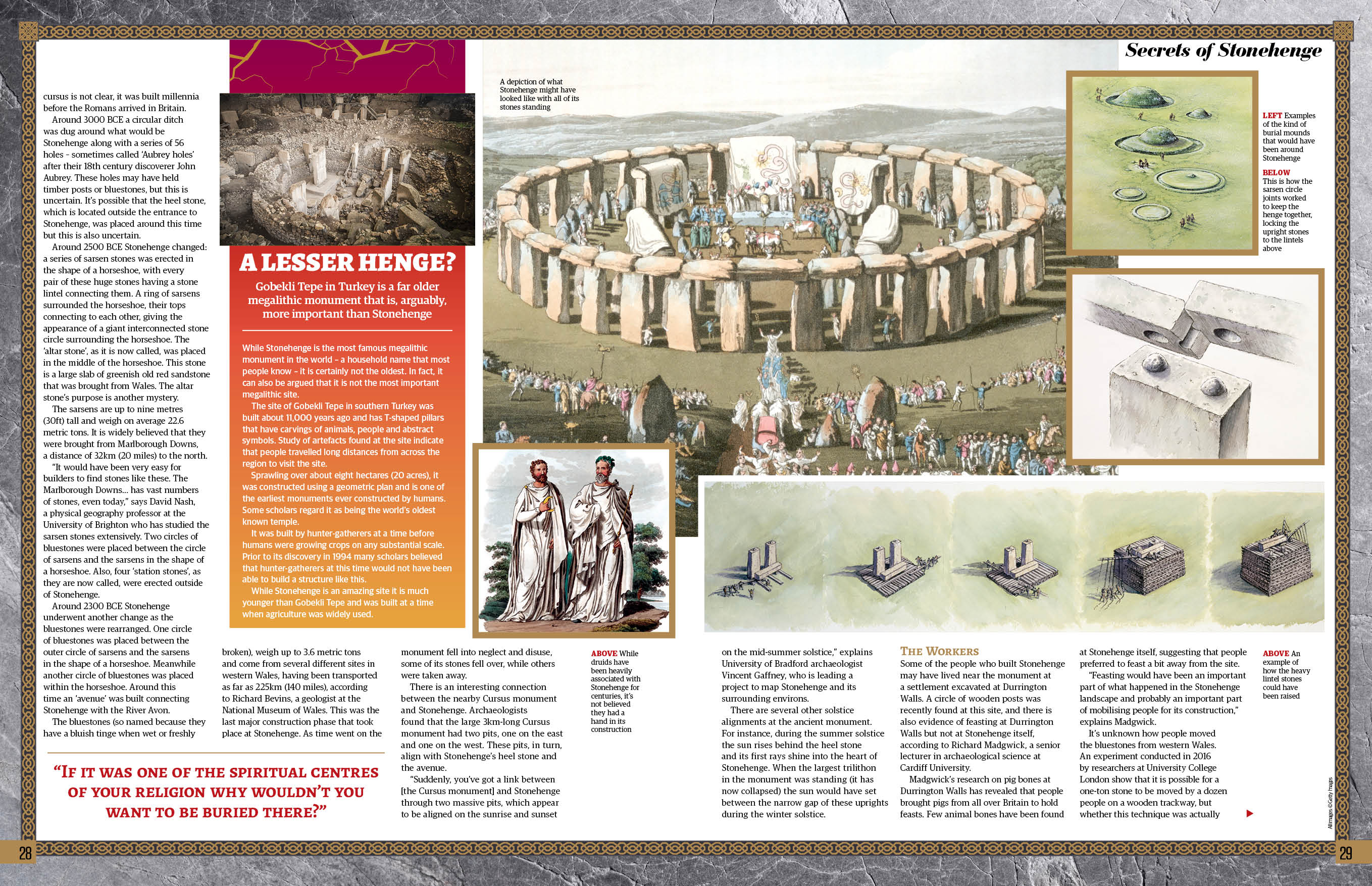

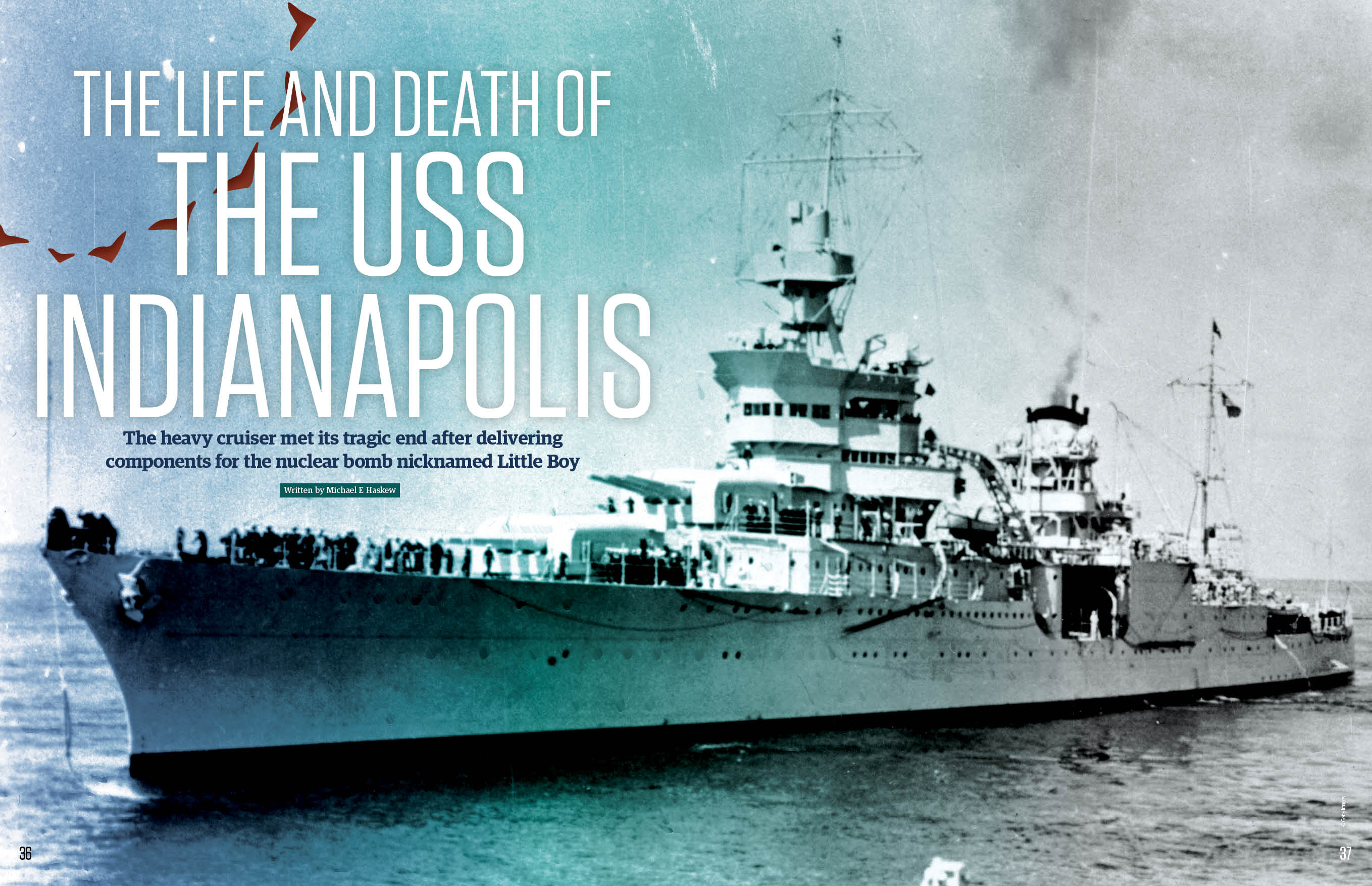
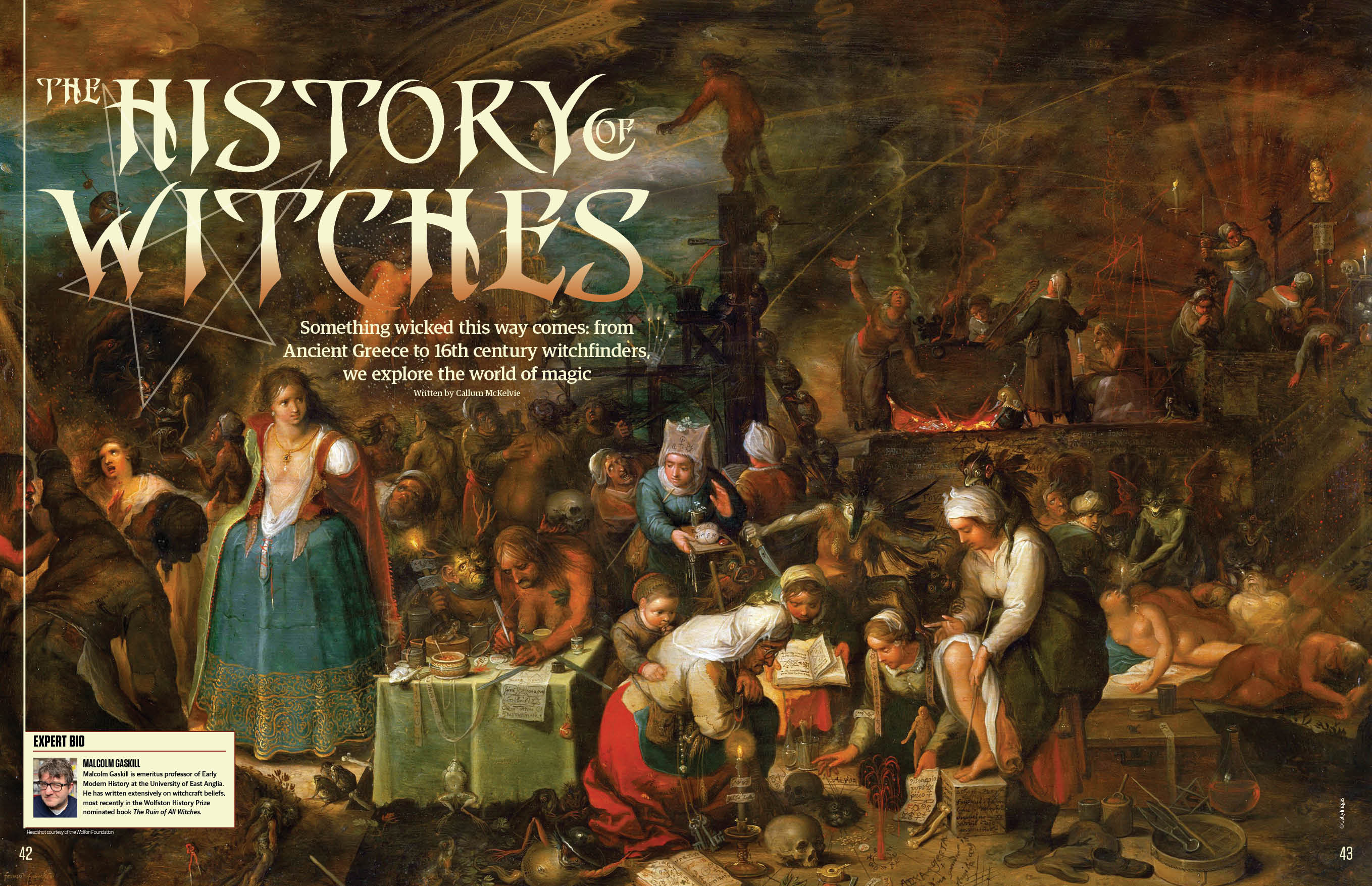
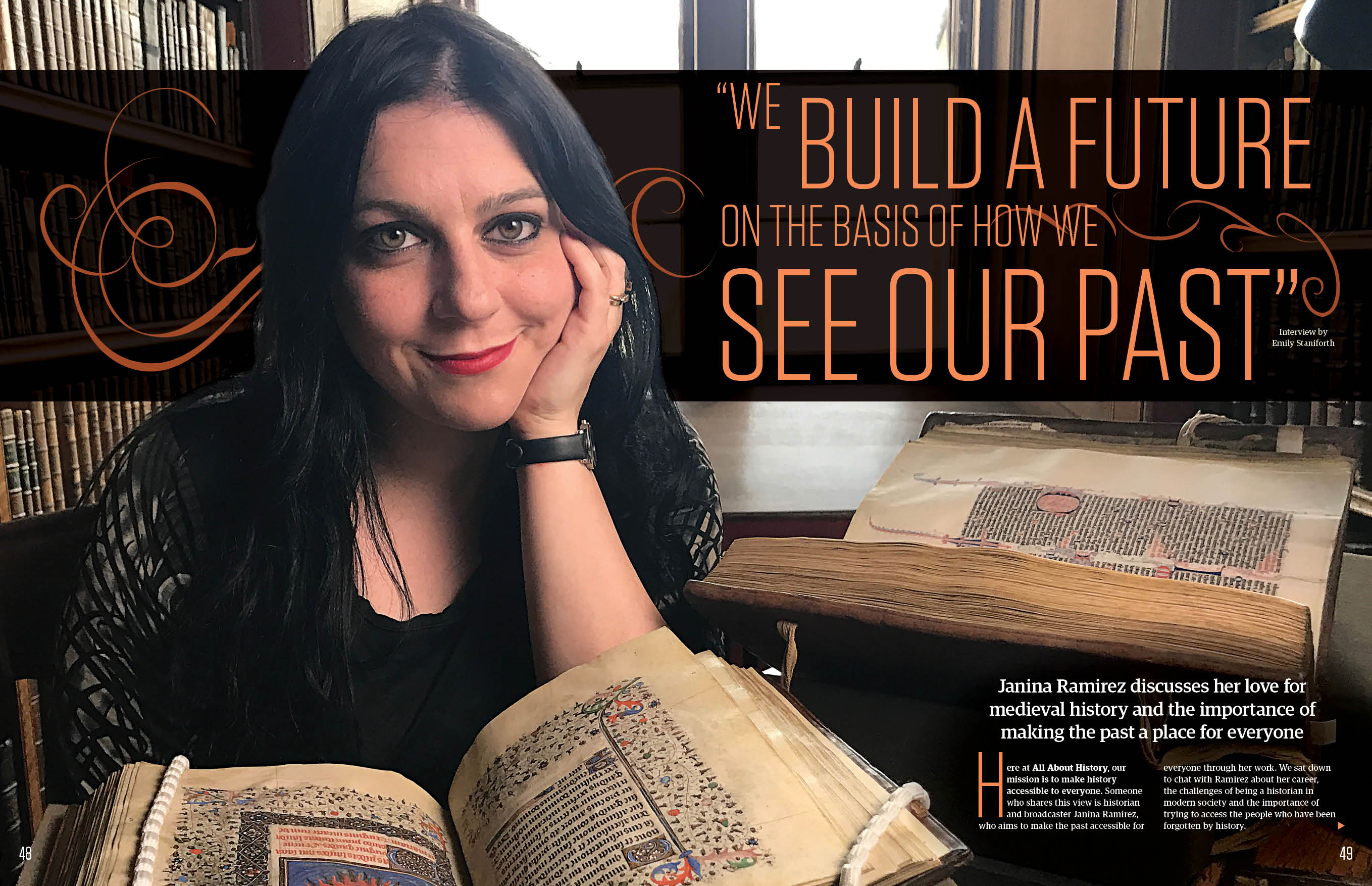


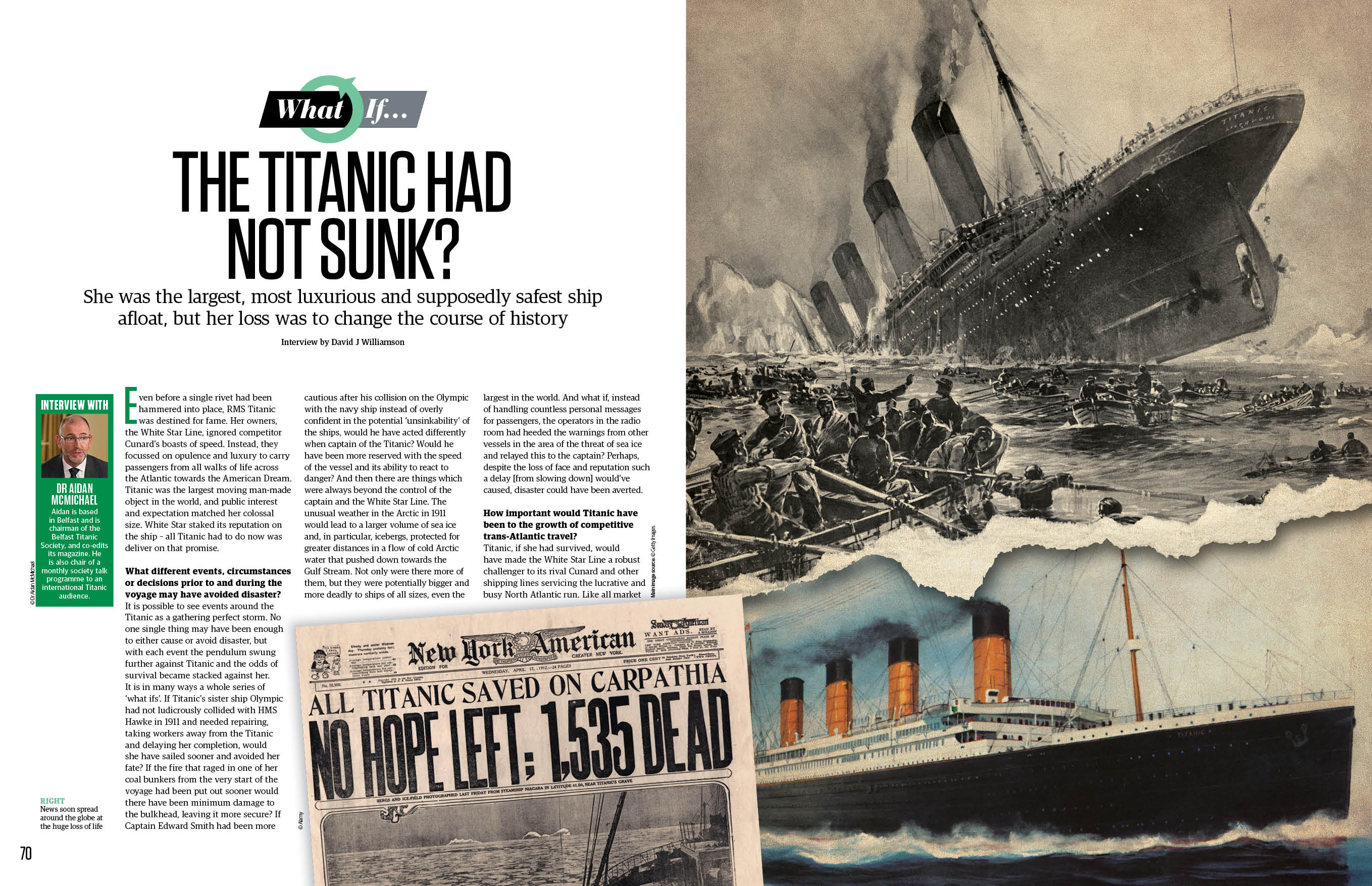
Also in All About History 119, read about the history of witches, what could have happened if the Titanic hadn't sunk and learn about the great Chinese navigator and explorer, Zheng He.
Related: Read a free issues of All About History
Plus you can read a deep dive into the Weimar Republic, learn about the notorious French criminal Jacques Mesrine and review the tragic fate of the USS Indianapolis in the Pacific War of WWII.
Secrets of Stonehenge
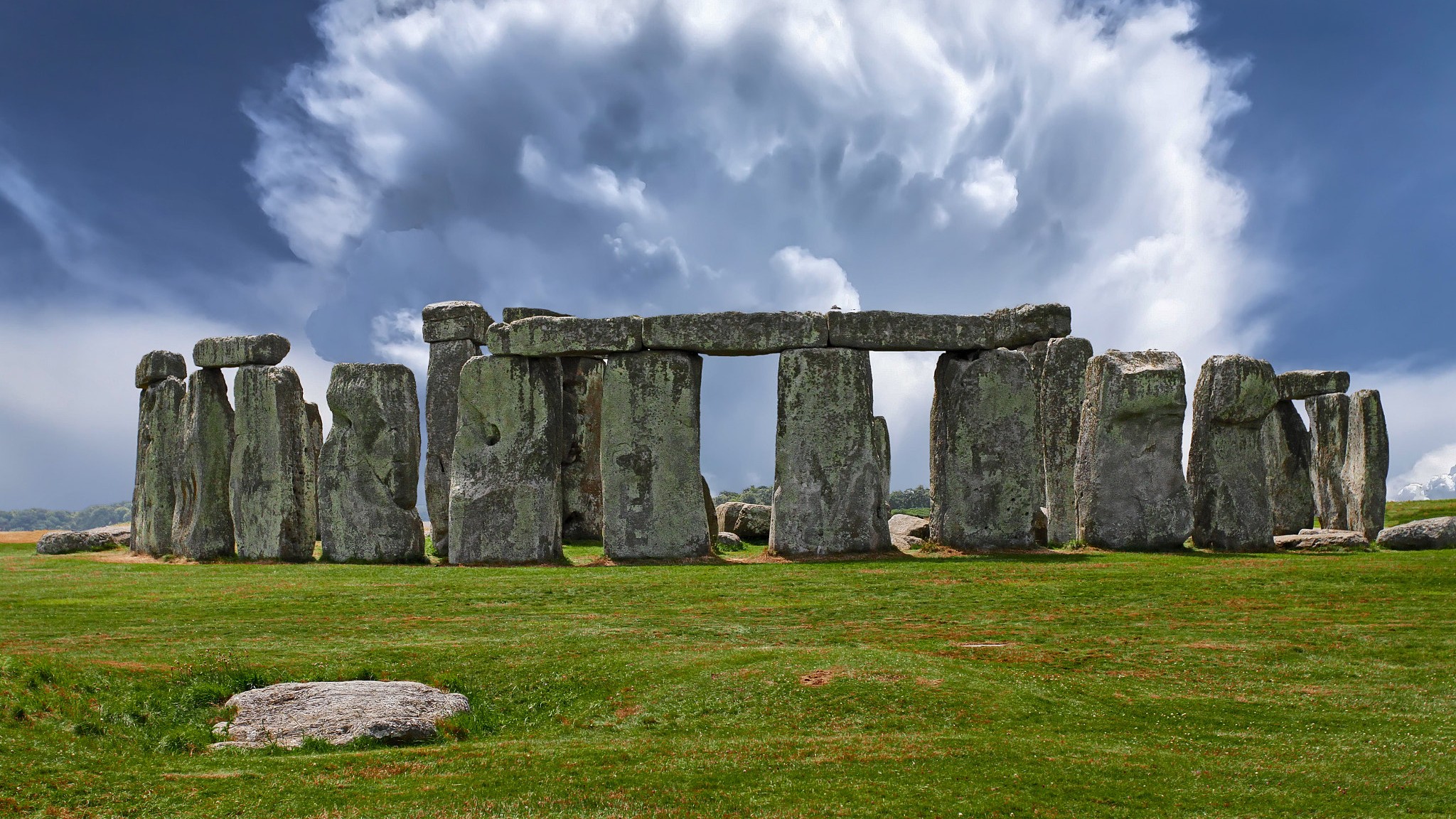
Stonehenge is a massive stone monument on a chalky plain north of the modern-day city of Salisbury, England. Research shows that the site continuously evolved over about 10,000 years and new discoveries continue to be made, revealing a complex landscape that scholars are still trying to understand.
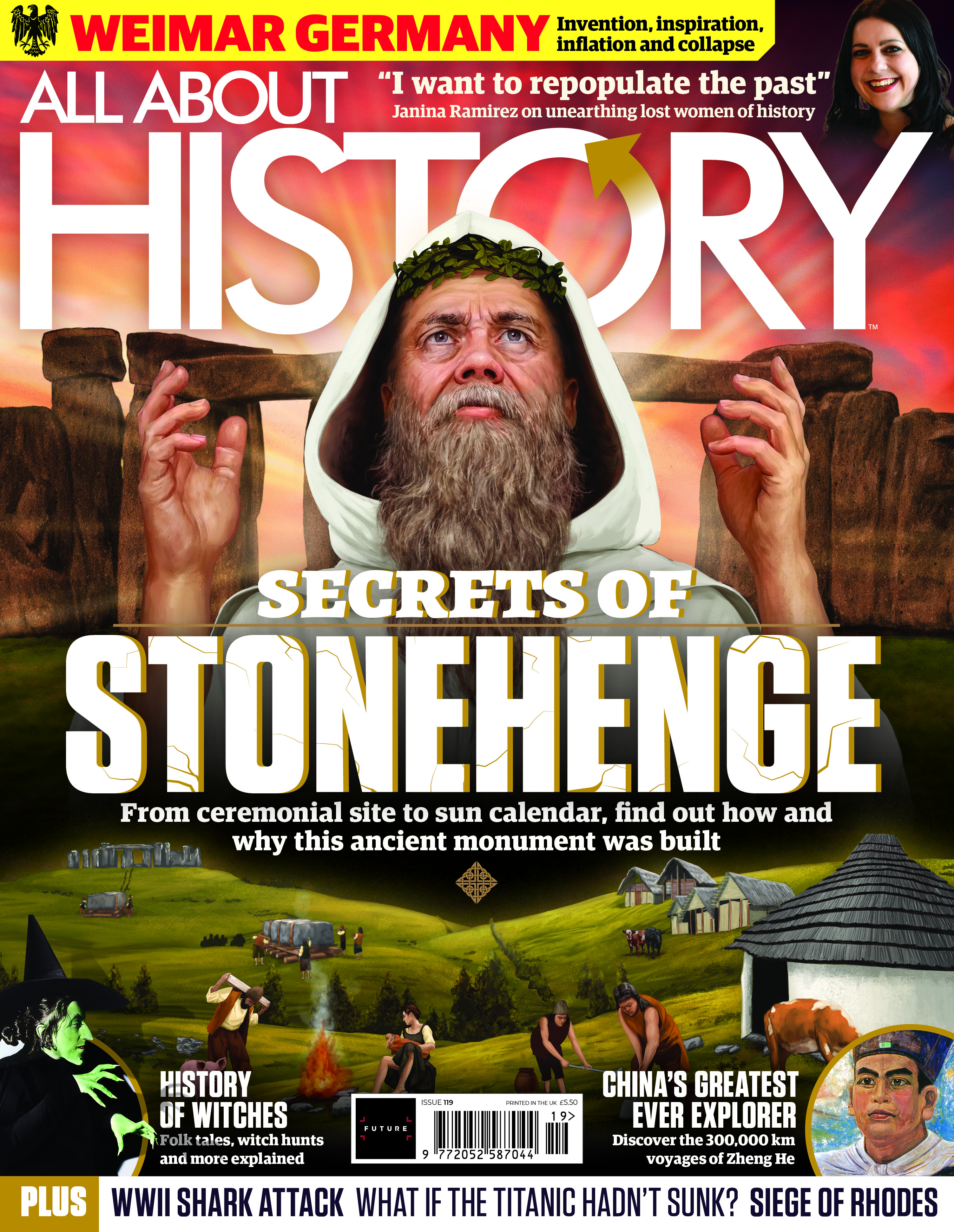
Subscribe to All About History today and save up to 91% on the cover price each issue with the 3 for $3 summer sale offer. Now is the best time to guarantee yourself a copy of All About History every month.
Many other ancient megalithic structures have been discovered all around the world. While many of them are thought to be older, some are bigger and a few, arguably, are more historically important, Stonehenge remains by far the most famous – a household name that attracts curious visitors from all over the planet.
Technologies such as ground-penetrating radar and electromagnetic induction surveys are revealing the remains of structures located beneath the surface, allowing for new discoveries to be made about the landscape that Stonehenge is located in. Additionally, advances in the analysis of plant, animal and human remains are allowing scholars to learn more about the people who built and used Stonehenge. However, despite all these advances it’s still not clear what Stonehenge was used for.
Read more in All About History 119.
Fate of the USS Indianapolis
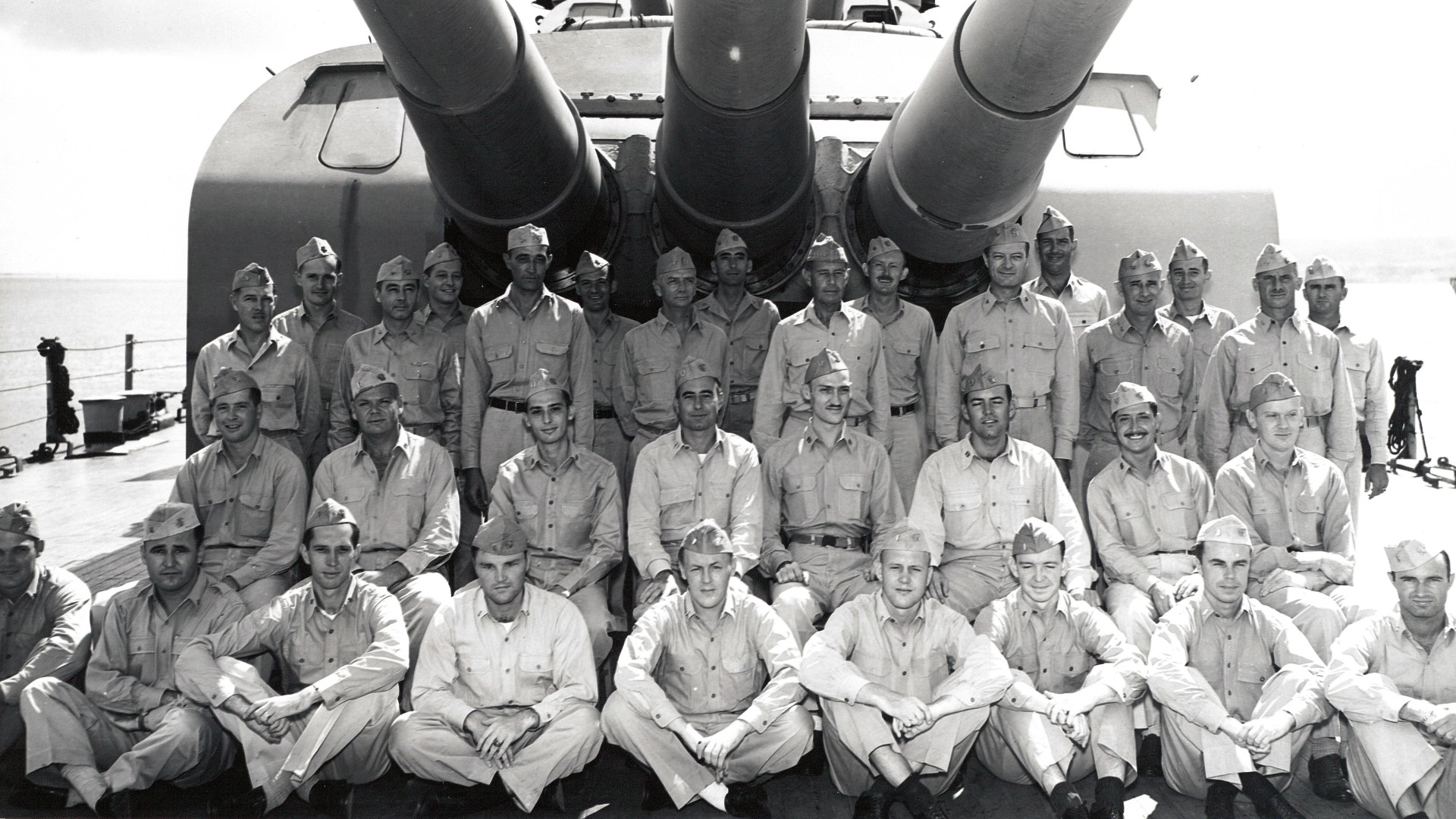
After completing its mission to deliver components of the nuclear bomb Little Boy to the island of Tinian in the Marianas during World War II, the heavy cruiser USS Indianapolis was torpedoed and sunk by the Japanese submarine I-58 in the Philippine Sea shortly after midnight, 30 July 1945.
Approximately 300 men of the ship’s complement of 1,195 personnel were killed when the warship plunged to the bottom just 12 minutes after being struck by two Type 95 torpedoes, while nearly 900 were cast into the sea with only life vests and a few rafts. Through a series of miscommunications, the sinking was not reported in a timely manner and the survivors drifted in the open sea for nearly four days. During the horrific period, many succumbed to saltwater poisoning, exposure to the elements, dehydration and relentless shark attacks.
After seemingly endless hours of agony, only 316 sailors were finally rescued, and the series of tragic events resulted in the greatest loss of life involving a single ship in the history of the US Navy.
Learn more about the USS Indianapolis All About History 119.
History of Witches
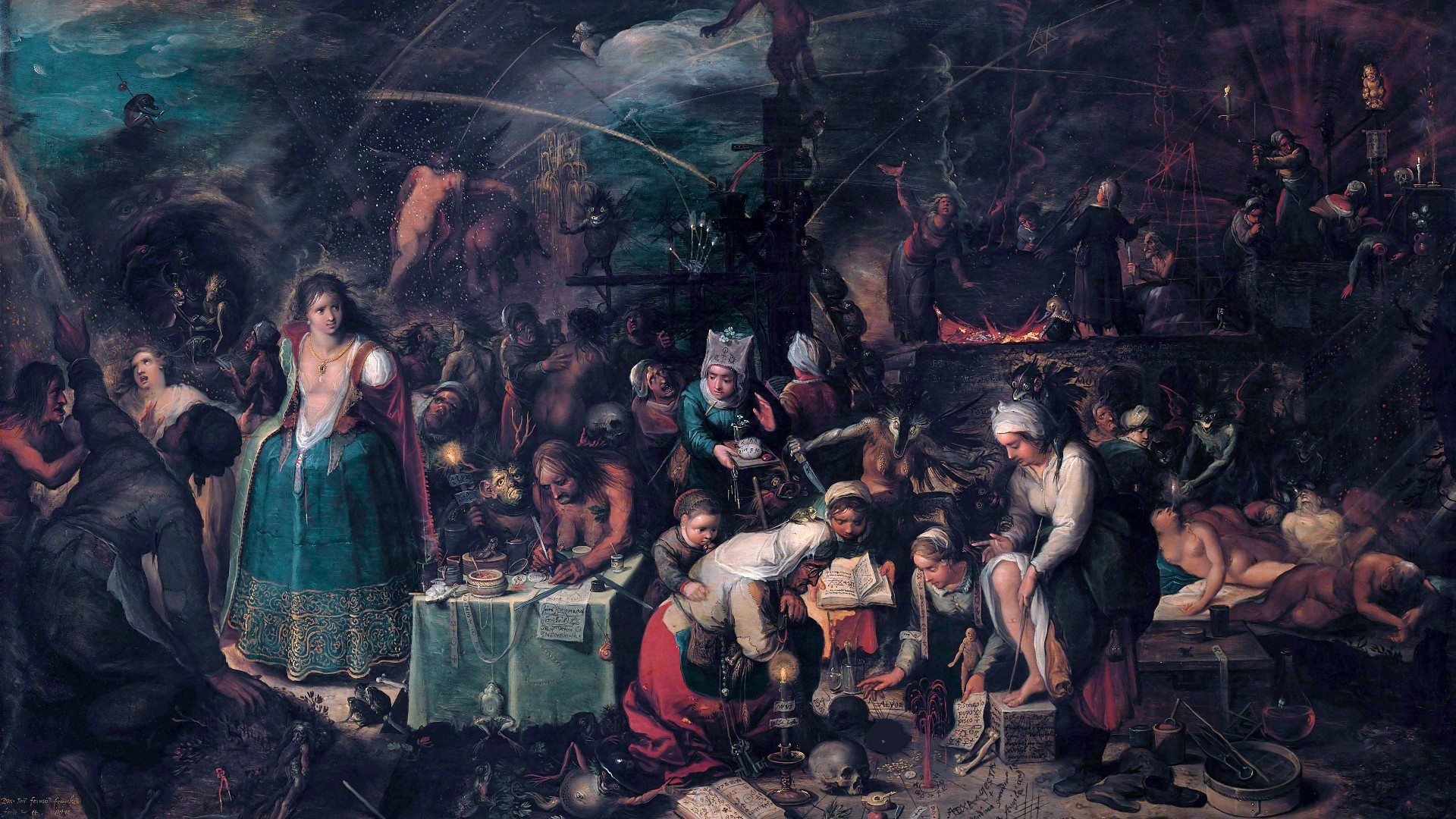
The belief in witchcraft and magic seems to have always cast a spell on the popular imagination. The image of the green-faced, pointy-hatted witch who cackles maniacally as she rides a broomstick across a starry night sky has adorned Halloween cards and the pages of fairy tale books for decades. Yet witchcraft itself has a long and convoluted history, the word often changing in meaning and certainly in the seriousness with which it is treated.
From the 16th to the 18th century, hoards of women were placed on trial, tortured and murdered under the charge of ‘witchcraft’. In the 20th and 21st centuries it has become a subject for fantasy and fiction, with tales of bespectacled boy wizards and teenage witches with talking cats. But where does belief in witchcraft come from and how has it changed over the centuries?
“It’s an incredibly ancient belief, actually,” says Malcolm Gaskill, author of "The Ruin of All Witches", nominated for the 2022 Wolfson History Prize. “In the classical world, they believe in witches (though they don’t always call them that) but there is the essential idea that there are demons out there in the universe and that they can be manipulated for good or for evil.”
Read more about the history of witches in All About History 119.
Sign up for the Live Science daily newsletter now
Get the world’s most fascinating discoveries delivered straight to your inbox.

Jonathan is the Editor of All About History magazine, running the day to day operations of the brand. He has a Bachelor's degree in History from the University of Leeds. He has previously worked as Editor of video game magazines games™ and X-ONE and tech magazines iCreate and Apps. He is currently based in Bournemouth, UK.










